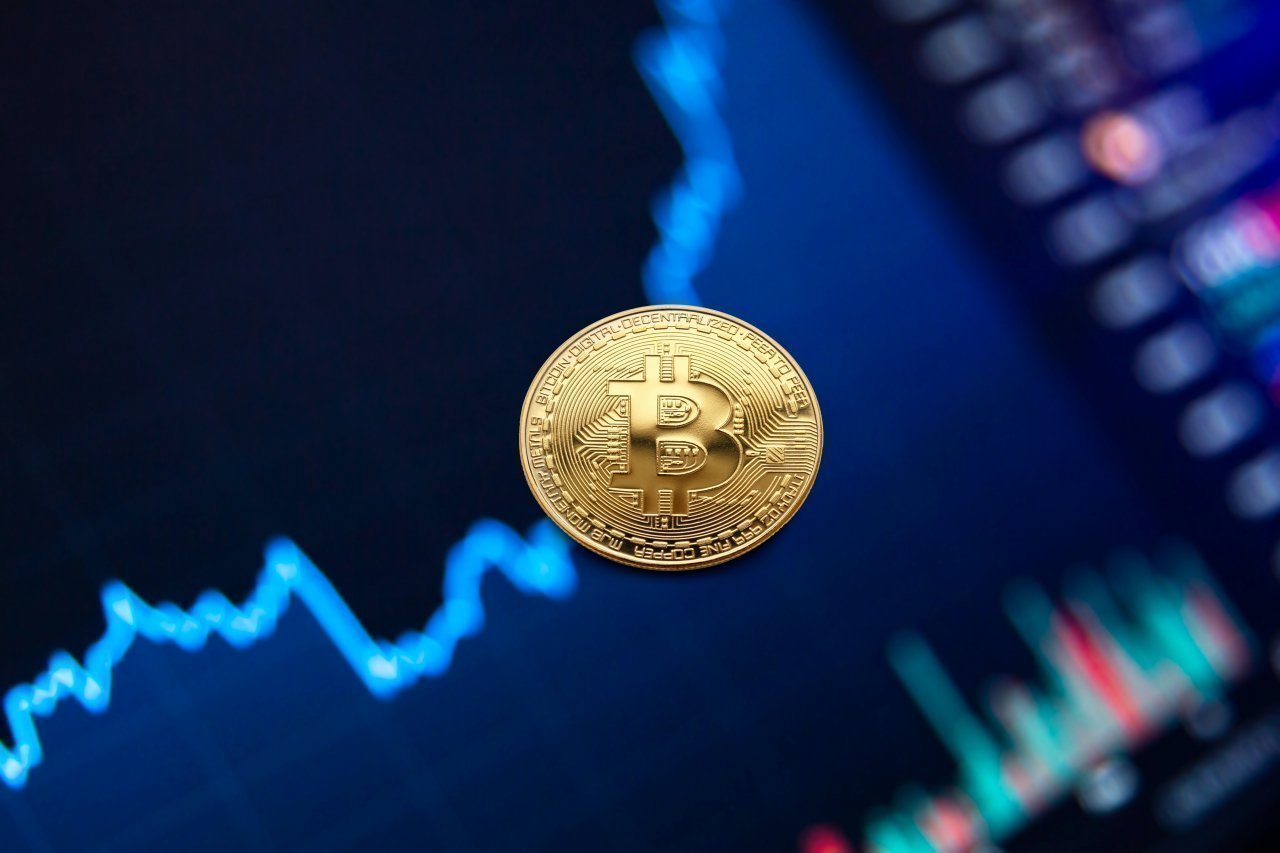Understanding Blockchain in the Context of Information Verification

In the digital age, where information spreads at the speed of light and can influence everything from stock market values to election results, the need to establish the credibility of information is more critical than ever. Disinformation campaigns have become sophisticated, using advanced tools and techniques to spread false narratives[1]. Investing in digital money seems crazy when fake news and deepfakes surround us. However, blockchains might be an example of a safe existence online.
Amidst this backdrop, blockchain technology emerges as a potential savior in the battle against disinformation. But how effective is blockchain in establishing the veracity of digital information? Is it the game-changer many tout it to be, or merely a mirage?
At its core, blockchain is a decentralized ledger system. Once a piece of information is recorded onto a blockchain, it becomes nearly immutable. Any subsequent changes to this information require consensus from the majority of participants in the network. This inherent characteristic of blockchain can be leveraged to validate the credibility and origin of digital information.
For instance, when a piece of news is published, its metadata—including source, time of publication, and content—can be recorded onto a blockchain. If the news is later altered or misrepresented, the blockchain record will provide an indisputable reference point, highlighting any discrepancies.
Nowadays Applications of Blockchain Working Against Disinformation
There are several ways blockchain could be pivotal in combating false narratives:
-
Digital Media Verification: With deepfakes and digitally altered images becoming rampant, blockchain could be used to verify the authenticity of digital media. By recording original media files onto a blockchain, any subsequent alterations can be detected by referencing the original, unaltered file.
-
Source Validation: Determining the origin of information is crucial in evaluating its credibility. Blockchain can be used to validate the source of news articles, research papers, or any digital content, ensuring it comes from a reputable source.
-
Transparent Feedback Systems: On platforms where users can comment or provide feedback, blockchain can establish the credibility of user profiles, preventing bots or fake profiles from swaying public opinion.
However, while blockchain offers potential solutions, it's essential to understand its limitations as well.
Blockchain's decentralized nature ensures data integrity, but it doesn't necessarily vouch for the accuracy of the information. If false information is initially entered into the blockchain, then the technology simply preserves a lie with the same vigor it would preserve the truth[2].
Moreover, the global and decentralized nature of blockchain poses challenges in terms of governance. Who decides which information is credible? Who has the authority to add information to a universally accepted 'truth' blockchain? These are critical questions that don't have straightforward answers.
Also, the technical barriers to widespread blockchain adoption shouldn't be underestimated. For blockchain to be effective against disinformation on a global scale, a significant portion of news agencies, content creators, and consumers would need to adopt and understand the technology, a prospect that seems daunting in the near term.
Balancing the Scales: Blockchain's Role in a Comprehensive Strategy
The potential of blockchain, as with any technological advancement, is molded by its applications and the context within which it's employed. While blockchain can provide an indisputable record of digital transactions, including the genesis and alteration of information, the fight against disinformation necessitates a broader view. One must consider a range of strategies that, together, form a robust defense.
At the heart of the disinformation crisis is the human element. No matter how sophisticated the technology, if individuals are not equipped with the necessary critical thinking skills and a discerning eye, they can still fall prey to misinformation. Education and media literacy campaigns play a pivotal role in ensuring that the populace at large can distinguish credible sources from dubious ones. These programs can help people understand the nuances of blockchain-backed verifications and their implications[3].
Blockchain's efficacy can be amplified when combined with other technological solutions. Artificial intelligence and machine learning tools, for instance, can be employed to flag potentially misleading content in real-time. Once flagged, blockchain can then be used to verify the origins and any alterations made to the content.
Moreover, collaboration between technology companies, news organizations, and regulatory bodies is essential. Such synergistic efforts could lead to the development of universally recognized blockchain standards, which can provide a foundation for determining content credibility.
For blockchain to make a meaningful impact, its adoption must transcend beyond niche communities or industries. This calls for making blockchain tools more user-friendly, integrating them seamlessly into content platforms, and perhaps even introducing incentives for content creators and consumers who actively engage in verifying information.
Looking Forward: An Optimistic Yet Realistic Vision
While the discussions around blockchain often oscillate between undue pessimism and overhyped optimism, a balanced perspective recognizes the technology's potential and its limitations.
Blockchain's future in the fight against disinformation is not one where it acts as a standalone solution. Instead, it promises to be a critical component within a broader ecosystem, working in tandem with other technologies, educational initiatives, and collaborative efforts. The aim is not to create an impregnable fortress of truth but to build a resilient system that continually adapts, verifies, and educates.
In conclusion, as we venture deeper into the digital era, the tools at our disposal will evolve, as will the challenges we face. Blockchain, in its role against disinformation, embodies this dynamic. It is neither a perfect solution nor a mere mirage but a crucial piece in the ever-evolving puzzle of digital information credibility.
Blockchain undoubtedly offers promising tools in the fight against disinformation. Its ability to verify the origin and authenticity of digital information could be instrumental in curbing the spread of false narratives. However, the technology is not a silver bullet. Its limitations, especially when it comes to content accuracy and governance, need to be acknowledged.
Ultimately, the effectiveness of blockchain in combating disinformation will depend on its integration with other tools, regulatory frameworks, and the collective will of society. The road ahead requires collaboration between technologists, policymakers, and information consumers. Only with a multifaceted approach can we hope to stem the tide of disinformation in our digital age.
- ^ Kathryn Harrison and Amelia Leopold. How Blockchain Can Help Combat Disinformation. HBR.
- ^ Blockchain-Based Platform to Fight Disinformation Using Crowd Wisdom and Artificial Intelligence. Mdpi.
- ^ Blockchain technology as a tool to detect and combat Fake News. Fact.

